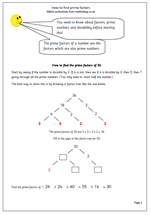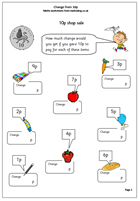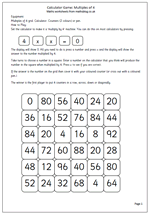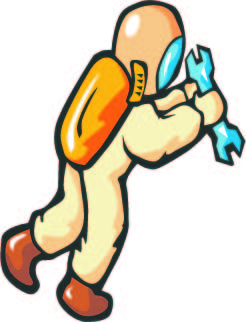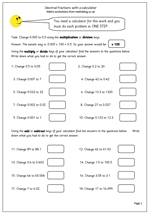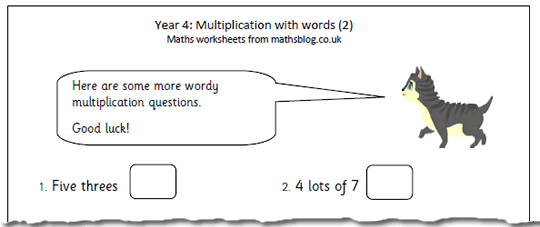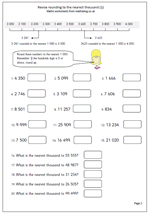 How well are tables known? Here is a quick sheet to see how well the 3x, 4x, 6x, 8x and 10 times tables are known. Probably the two hardest of these are the 6 times and 8 times tables.
How well are tables known? Here is a quick sheet to see how well the 3x, 4x, 6x, 8x and 10 times tables are known. Probably the two hardest of these are the 6 times and 8 times tables.
I have a nice little shape investigation, suitable for year 2. Circles, triangles, rectangles and hexagons can be bought in the shape shop. They are priced according to the number of sides. Circles cost 1p hexagons 6p etc.
What shapes can be bought for 20p?
A good challenge which uses knowledge of shape, counting money and logical thinking.
By Year 6 children are expected to know the square of numbers up to at least 10. next week we have two pages which provide some revision of this together with some extension work on finding square numbers of multiples of 10. Suitable for the Year 6 Planning for Block B Unit 3 Week 2.
